Understand Gamification And Its Use In Marketing
Gamification in marketing refers to the use of game-like features and mechanics or game design techniques to serve different marketing purposes such as improving user engagement and customer retention.
Over the last few years, gamification has transformed marketing strategies across industries. For instance, Starbucks’s mobile app employs a rewards system where customers earn ‘stars’ for their purchases to unlock exclusive benefits and enjoy a sense of achievement.
The fitness and sports sectors have also embraced gamification, with Nike’s Run Club app featuring challenges, milestones, and social competition to keep users motivated. These examples demonstrate how gamification is gradually becoming a marketing priority by tapping into intrinsic motivations and fostering long-term customer relationships.
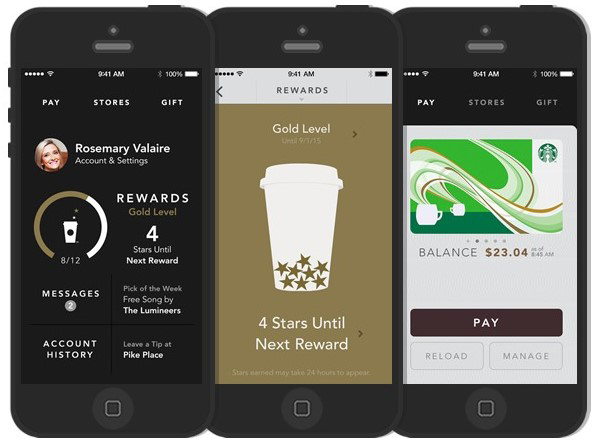
Duolingo, which is one of the most popular language learning apps, has built its business model upon customer-centric design, including the use of gamification to improve user engagement. The company is known for leveraging game-based elements such as streaks, badges, leaderboards, etc. to transform the often tedious language learning process into an addictive, rewarding experience.
Many studies were conducted around the effectiveness of gamification in the case of Duolingo. For example, a study on students’ perceptions of Duolingo shows that the app is perceived as a user-friendly, innovative platform for language learning. The study also emphasizes the role of gamification in helping students reduce grammatical errors and improve their vocabulary.
Read More: All We Need To Know About Digital Engagement Strategy
Gamification and Psychology: How Games Improve Engagement
Self-determination theory (SDT) provides a valuable framework for understanding how intrinsic motivations drive engagement with gamification elements in marketing. Briefly, the theory refers to how we are intrinsically driven to perform a behavior to satisfy core psychological needs including competence, autonomy, and relatedness:
- Competence: Gamification elements like points, levels, and leaderboards directly appeal to our need for competence. These features provide clear feedback on progress and skill development, allowing users to track their improvement and experience a sense of mastery and growth over time.
- Autonomy: Well-designed game-like systems offer users choices in how they engage with the platform. This might include selecting challenges, customizing avatars, or choosing learning paths. In other words, gamification gives users control of their experience.
- Relatedness: Social elements in gamification, such as leaderboards, friend challenges, or peer recognition systems, cater to our need for social connection. These features create a sense of community and belonging, allowing users to compare their progress with others, collaborate on tasks, or compete in a friendly manner.
Gamification in psychology and marketing harnesses both intrinsic and extrinsic motivations to drive engagement. Extrinsic rewards like coupons can initiate participation, while sustained engagement relies on nurturing given intrinsic motivations. Designers must carefully balance incentives to avoid undermining long-term drive.
Another analysis of gamification in psychology found that the gameful experience with controlled uncertainty is also important as it creates a pleasurable challenge that customers seek to overcome.
Simply, when marketers add some gamification features to the brand experience, it should be flexible enough for users at different levels to adopt varied strategies and play at their own pace. Users need to feel a sense of self-assurance to be driven to engage in the experience.
The Case Study of Duolingo and its gamification in marketing
Duolingo, launched in 2012 by Luis von Ahn and his doctoral student Severin Hacker, is an innovative language-learning platform designed to make learning languages accessible and engaging for everyone.
The platform uses various gamification elements to enhance user engagement and motivation. The app features a progress tree with nodes showing different language skills, turning from gray to gold as users master exercises. Points, levels, and streaks reward consistent practice, while leaderboards foster friendly competition and create social values. The app’s interactive exercises include matching, pairing, and drills, encouraging active learning.
Additionally, Duolingo for Schools allows teachers to create virtual classrooms to monitor and assign tasks, integrating gamified learning into educational settings. These elements collectively create an engaging and effective language-learning experience.
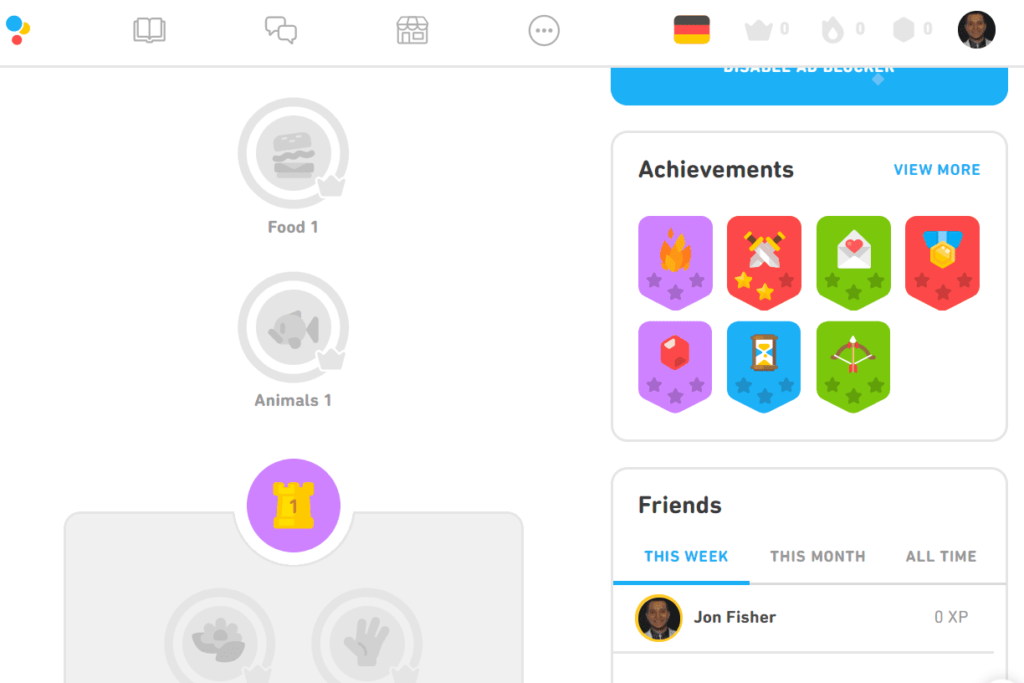
1. The Psychology Behind Duolingo’s streaks and badges
Streaks and badges are two key gamification elements in Duolingo that significantly enhance user engagement and retention.
Badges are the proof of achievement buried in the profile page of Duolingo users. These might include completing certain lessons, mastering a skill, or reaching a milestone in their learning journey. The purpose behind badges is to give learners a sense of competence, motivating them to keep studying and using the app.
During the learning experience, Duolingo adapts the challenges to reach each milestone according to the learners’ language proficiency. A study using the Theory of Game Refinement in Duolingo’s gamification discovers that the brand has aligned the game features with learners’ skills and preferred strategies to ensure the maximum benefits.
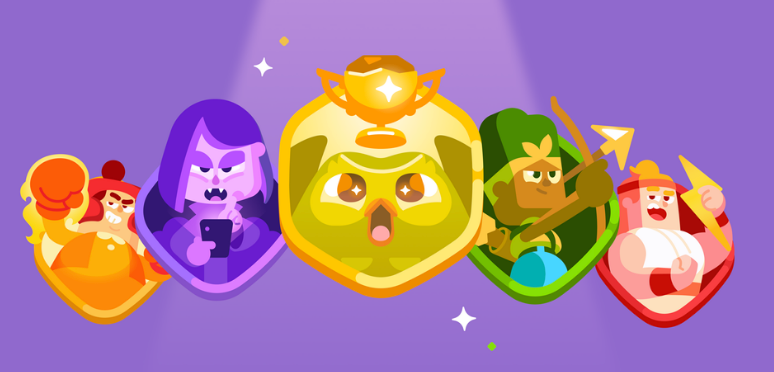
Streaks refer to the consecutive days a user completes their daily learning goal. This feature stems from the psychological principle of loss aversion and the desire for consistency to avoid losing progress that takes users lots of time to build.
Consequently, users become invested in maintaining their streak and develop a sense of ownership, creating a habit of daily practice. The longer the streak, the more motivated users become to keep it alive, fostering regular engagement with the app.
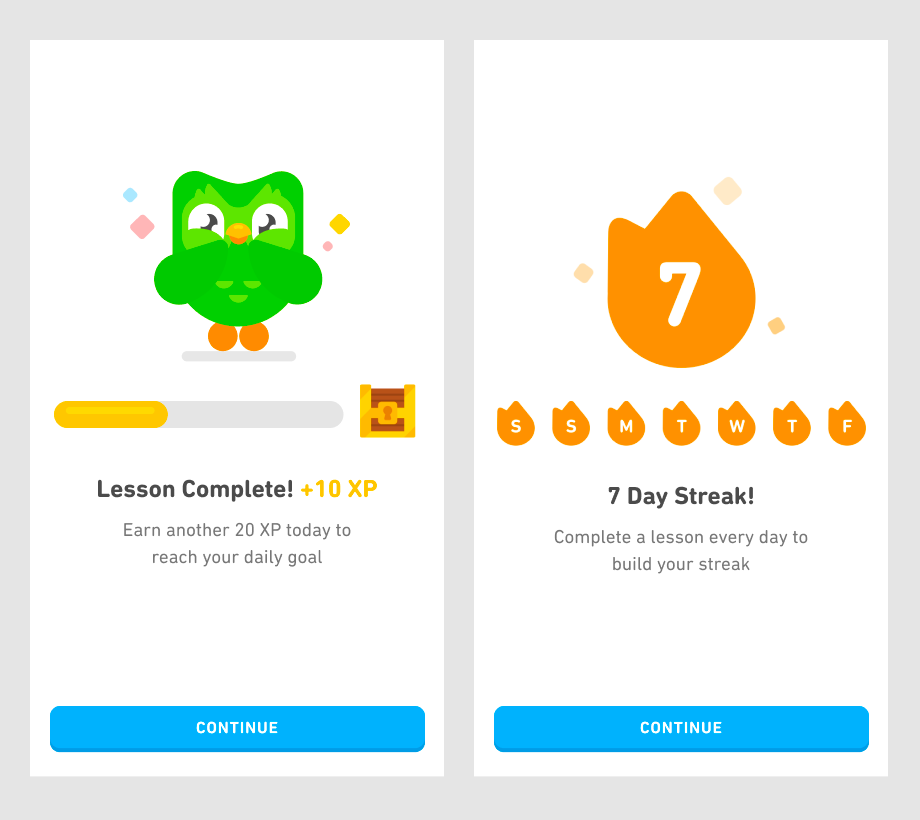
2. Users’ Perceptions of Duolingo Gamification
A survey on how students evaluate Duolingo shows the app’s appeal lies in its user-friendly, innovative approach to language learning. On top of that, the gamified design receives positive attitudes thanks to its flexible and personalized experience that motivates continuous engagement.
Also, its comprehensive approach covers various linguistic aspects, from vocabulary to grammar, effectively supporting overall language development.
Another questionnaire about the effectiveness of Duolingo agrees that the app’s adaptive learning system, which reinforces challenging concepts through targeted repetition, enhances retention and understanding. Most respondents find the app fun, accessible, and effective for language learning. They appreciate the platform’s flexibility and diverse exercises to make traditionally challenging aspects of language learning more enjoyable.
The key takeaway is the importance of balancing educational content with game-like elements to maintain user interest and motivation. The story behind Duolingo also showcases the importance of personalized experiences tailored to customers’ personal preferences.
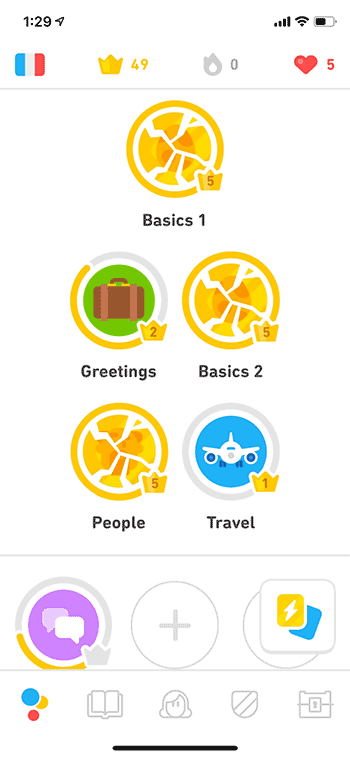
Conclusion: How To Use Gamification In Marketing?
Duolingo’s success in motivating language learners stems from its clever use of gamification in marketing. The app efficiently leverages different game-like features such as leaderboards, streaks, and badges to address diverse learning preferences and provide a sense of progress to keep users interested and motivated.
Businesses can apply similar game-like elements to boost customer retention. They can implement some reward systems, progress tracking, and personalized challenges tailored to individual needs and expertise.
To further improve a sense of social connection among users, brands should also include social gamification elements, such as community leaderboards or collaborative tasks, which can foster a sense of belonging and healthy competition.
Finally, brands should consider more regular updates and new content, which mirror Duolingo’s ever-expanding exercises, to keep customers interested and coming back. The key is to make customers feel both rewarding and enjoyable, turning routine interactions into opportunities for achievement and growth.
Read More: The Future of Virtual and Augmented Reality in Marketing
Academic Sources For The Blog:
Amin, S.N. (2021) GAMIFICATION OF DUOLINGO IN RISING STUDENT’S ENGLISH LANGUAGE LEARNING MOTIVATION. Jurnal Bahasa Lingua Scientia. 13(2), pp.191-213.
Behl, A., Jayawardena, N., Shankar, A., Gupta, M., and Lang, L.D. (2024) Gamification and neuromarketing: A unified approach for improving user experience. Journal of Consumer Behavior. 23(1), pp.218-228.
Hammedi, W., Thomas, L., and Poncin, I. (2019) Customer engagement: the role of gamification. Handbook of Customer Engagement Research. Publisher: Edward Elgar
Huynh, D., Zuo, L., and Iida, H. (2016) Analyzing Gamification of “Duolingo” with Focus on Its Course Structure. Games and Learning Alliance. pp.268-277.
Irzawati, I., Unamo, A.F. (2023) Students’ Perceptions and Attitudes towards the Utilization of Duolingo in EFL Learning. Journal of English for Academic. 10(2), pp.123-138.
Sy Chu
As an analytical and creative marketing enthusiast skilled in customer analysis, content research and brand management, my passion is help businesses gain insights into their brand and marketing strategies to drive impactful outcome to their success.
